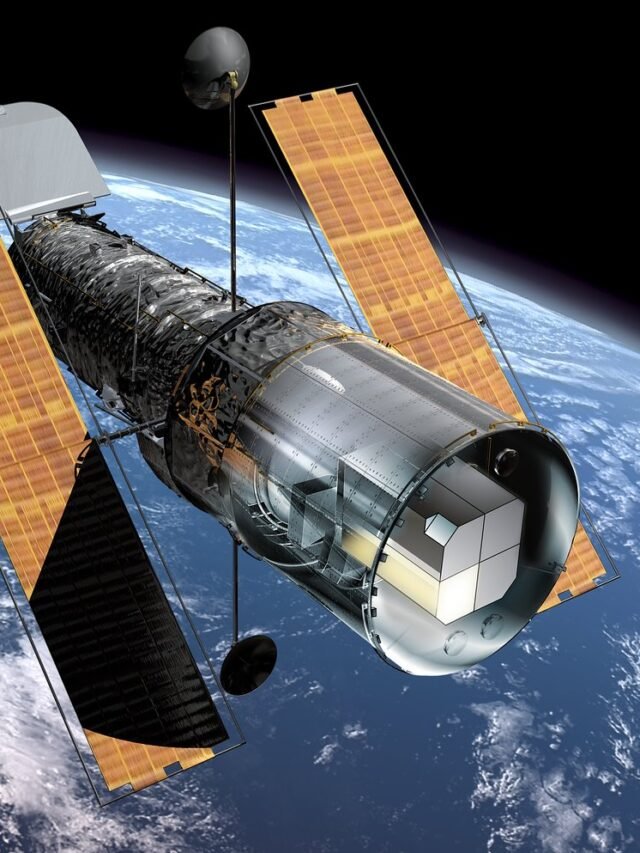Alternating Current (AC)
AC Current and DC Current: refer to an electrical current that periodically reverses direction, in contrast to Direct Current (DC), which flows in a single, unidirectional direction. AC current is widely used in today’s power systems due to its several advantages over DC.
The history of AC current can be traced back to the late 19th century when Nikola Tesla and George Westinghouse developed the AC power system. Tesla believed that AC was the better choice for the electrical power system due to its advantages over DC, such as the ability to transmit electricity over long distances with minimal losses. The AC power system was eventually adopted as the standard for electrical power transmission, and it remains so to this day.
One of the major advantages of AC current is its ability to be transmitted over long distances with minimal losses. This makes it an ideal choice for electrical power transmission, as it allows electricity to be transmitted over long distances with less energy loss, making it more cost-effective and efficient. AC current is also easier to convert from high voltages to low voltages, which is essential for safe and efficient distribution to homes and businesses.
Another advantage of AC current is its ability to be easily transformed into different voltages and frequencies. This allows for the efficient use of electricity in different applications, such as the generation of high voltage for long-distance transmission and low voltage for residential use. AC current can also be transformed into high-frequency AC for certain applications, such as induction heating and electrical discharge machining.
AC current is also more versatile than DC current, as it can be used for a wider range of applications. This is because AC voltage can be easily transformed into different voltages and frequencies, making it suitable for different applications, such as motors, lighting, and heating. AC current is also more efficient in powering large motors, as it is able to provide more power with less energy loss compared to DC current.
Another advantage of AC current is its safety. AC current is less likely to cause electrical shock compared to DC current, as it does not maintain a constant charge, reducing the risk of electrical shock and other hazards. Additionally, AC current is less likely to cause electrical fires compared to DC current, making it a safer choice for homes and businesses.
However, AC current also has some limitations. One of the main drawbacks is that it is more complex than DC current, as it requires specialized equipment and transformers to be transmitted over long distances and converted into different voltages and frequencies. Additionally, AC current can cause electromagnetic interference, which can disrupt communication systems and other electronic devices.
In conclusion, AC current is a versatile and efficient form of electrical power that is widely used in today’s power systems. Its ability to be transmitted over long distances with minimal losses, transformed into different voltages and frequencies, and used for a wide range of applications make it an ideal choice for the electrical power system. Despite its limitations, AC current continues to play a vital role in the modern world and is essential for our modern way of life.
Direct Current (DC)
Direct Current (DC) voltage refers to a type of electrical current that flows in a single, unidirectional direction. Unlike Alternating Current (AC), which periodically reverses direction, DC voltage provides a steady flow of electrical charge.
The history of DC voltage can be traced back to the early 19th century when Alessandro Volta invented the first electrical battery in 1800. This invention, known as the Voltaic Pile, consisted of alternating layers of copper and zinc discs separated by pieces of cardboard soaked in salt water. When connected to a circuit, the Voltaic Pile produced a steady flow of electrical charge, making it one of the earliest examples of DC voltage in action.
Since Volta’s discovery, DC voltage has been used for a variety of applications, ranging from powering small electronic devices like cell phones and laptops to providing electricity to large cities. In addition to powering everyday items, DC voltage is also commonly used in industrial and commercial settings, such as in electric motors, welding equipment, and battery storage systems.
One of the major advantages of DC voltage is its stability and reliability. Unlike AC voltage, which must be converted to DC voltage in order to be used by many electronic devices, DC voltage provides a consistent flow of electrical charge without any fluctuations or fluctuations in direction. This makes it an ideal choice for applications that require a steady and reliable source of power.
Another advantage of DC voltage is its ease of distribution. Unlike AC voltage, which experiences power losses over long distances, DC voltage can be transmitted over long distances with minimal losses. This makes it an ideal choice for applications that require electricity to be transmitted over long distances, such as in remote areas or offshore oil platforms.
Despite its many benefits, DC voltage also has some limitations. One of the main drawbacks is that it is less efficient than AC voltage, as it requires more energy to transmit over long distances. Additionally, DC voltage is typically more expensive to produce and distribute than AC voltage, due to the need for specialized equipment and transformers.
In conclusion, DC voltage plays a vital role in the modern world and continues to be used for a variety of applications. From powering everyday electronics to providing electricity to large cities, DC voltage provides a reliable and stable source of power that is essential to our modern way of life.
AC voltage and DC voltage
Electrical current is a flow of electrons through a conductor, and it plays a vital role in our daily lives. There are two main types of electrical current: Alternating Current (AC) and Direct Current (DC). Understanding the differences between AC and DC voltage can help you make informed decisions when it comes to electrical power systems and electronics.
Direct Current (DC) refers to an electrical current that flows in a single, unidirectional direction. Unlike AC, which periodically reverses direction, DC voltage provides a steady flow of electrical charge. DC voltage is produced by sources such as batteries and solar cells, and it is commonly used in small electronic devices such as cell phones, laptops, and flashlights.
One of the main advantages of DC voltage is its stability and reliability. Unlike AC voltage, which must be converted to DC voltage in order to be used by many electronic devices, DC voltage provides a consistent flow of electrical charge without any fluctuations or fluctuations in direction. This makes it an ideal choice for applications that require a steady and reliable source of power.
Another advantage of DC voltage is its ease of distribution. Unlike AC voltage, which experiences power losses over long distances, DC voltage can be transmitted over long distances with minimal losses. This makes it an ideal choice for applications that require electricity to be transmitted over long distances, such as in remote areas or offshore oil platforms.
Despite its many benefits, DC voltage also has some limitations. One of the main drawbacks is that it is less efficient than AC voltage, as it requires more energy to transmit over long distances. Additionally, DC voltage is typically more expensive to produce and distribute than AC voltage, due to the need for specialized equipment and transformers.
Alternating Current (AC) refers to an electrical current that periodically reverses direction. This makes AC voltage an ideal choice for the electrical power system, as it allows electricity to be transmitted over long distances with less energy loss, making it more cost-effective and efficient. AC voltage is produced by sources such as power plants and generators, and it is commonly used for applications such as lighting, heating, and powering large motors.
One of the major advantages of AC voltage is its ability to be transmitted over long distances with minimal losses. This makes it an ideal choice for electrical power transmission, as it allows electricity to be transmitted over long distances with less energy loss, making it more cost-effective and efficient. AC voltage is also easier to convert from high voltages to low voltages, which is essential for safe and efficient distribution to homes and businesses.
Another advantage of AC voltage is its ability to be easily transformed into different voltages and frequencies. This allows for the efficient use of electricity in different applications, such as the generation of high voltage for long-distance transmission and low voltage for residential use. AC voltage can also be transformed into high-frequency AC for certain applications, such as induction heating and electrical discharge machining.
AC voltage is also more versatile than DC voltage, as it can be used for a wider range of applications. This is because AC voltage can be easily transformed into different voltages and frequencies, making it suitable for different applications, such as motors, lighting, and heating. AC voltage is also more efficient in powering large motors, as it is able to provide more power with less energy loss compared to DC voltage.
Another advantage of AC voltage is its safety. AC voltage is less likely to cause electrical shock compared to DC voltage, as it does not maintain a constant charge, reducing the risk of electrical shock and other hazards. Additionally, AC voltage is less likely to cause electrical fires compared to DC voltage, making it a safer choice for homes and businesses.
However, AC voltage also has some limitations.










